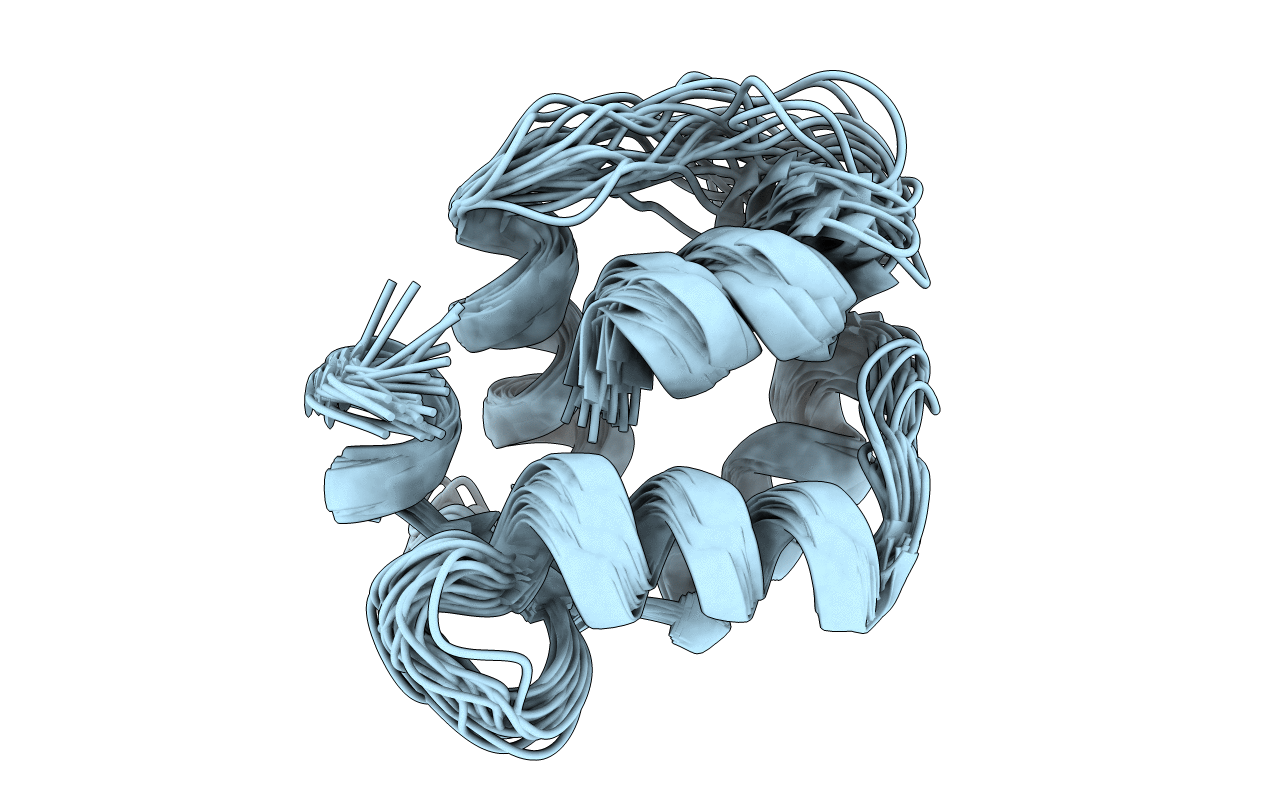
Deposition Date
2002-06-27
Release Date
2003-03-25
Last Version Date
2024-05-22
Entry Detail
PDB ID:
1M39
Keywords:
Title:
Solution structure of the C-terminal fragment (F86-I165) of the human centrin 2 in calcium saturated form
Biological Source:
Source Organism:
Homo sapiens (Taxon ID: 9606)
Host Organism:
Method Details:
Experimental Method:
Conformers Calculated:
76
Conformers Submitted:
25
Selection Criteria:
structures with the least restraint violations, structures with the lowest energy


